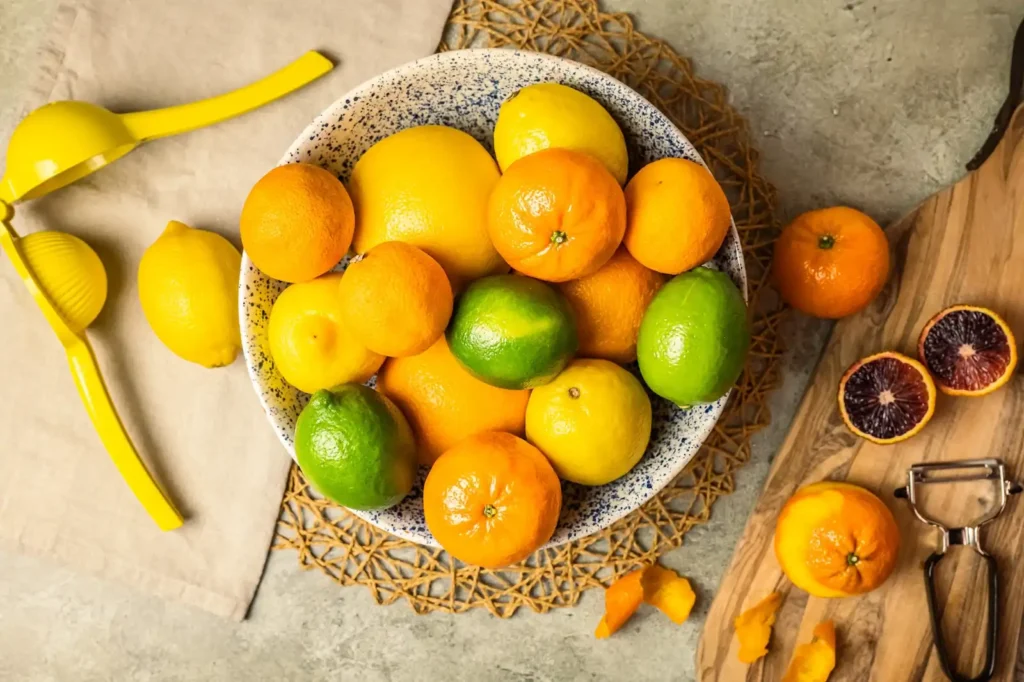Messi Biology indicates that in the field of citrus fruit processing, the application of the food additive magnesium oxide as a novel firming agent is sparking a technological revolution in the industry. This article will systematically expound on the innovative application of magnesium oxide in the surface treatment of citrus fruits from three dimensions: technical principles, application processes, and quality control.

I. Mechanism of Action and Chemical Properties
As an alkaline earth metal oxide, magnesium oxide (MgO) contains magnesium ions (Mg²⁺) with a unique electronic configuration in its molecular structure. During the surface treatment of citrus fruits, Mg²⁺ specifically binds with the carboxylic acid groups in pectin molecules to form a stable three-dimensional network structure. This metal-pectin complex possesses a higher bond energy (an increase of approximately 15-20%) compared to the traditional calcium ion cross-linking system, significantly enhancing the mechanical strength and thermal stability of the pectin gel.
Experimental data shows that when using a 0.3-0.5% concentration of magnesium oxide treatment solution, the pectin extraction rate from citrus peels can be increased to 92.3%, and the gel strength can reach 350g/cm² (an increase of about 40% compared to traditional methods). This strengthening effect originates from the dual action of magnesium oxide: on one hand, it forms a dense structure through ionic cross-linking, and on the other, it adjusts the system’s pH to 8.2-8.5, creating the optimal environment for pectin methylesterase activation.
II. Innovative Process Flow
The new treatment process consists of three key stages: pretreatment → penetration reaction → stabilization. The specific operating parameters are as follows:
- Pretreatment: The citrus surface is washed with 40°C warm water to remove the waxy layer.
- Penetration Reaction: The fruit is immersed in a buffer solution containing 0.4% magnesium oxide (pH 8.3) and treated at a constant temperature of 45°C for 20 minutes.
- Stabilization: After rinsing with pure water, the fruit is cured for 12 hours at a relative humidity of 65%.
This process maximizes the modification of the pectin structure by optimizing the dynamic balance between the ion penetration rate and reaction time. Experiments have demonstrated that after treatment, the breaking elongation of citrus peel is reduced by 28%, and the compressive strength is increased by 35%, effectively improving its shape retention ability during subsequent processing.
III. Quality Control System
To ensure application safety, a three-tiered quality control mechanism has been established:
- Raw Material Standards: Food-grade magnesium oxide purity ≥99.2%, lead content ≤2ppm.
- Process Monitoring: Real-time detection of the pH fluctuation range (±0.2) of the treatment solution.
- Finished Product Testing: Residual magnesium ion content ≤150mg/kg (GB 2762 standard).
X-ray diffraction analysis reveals that the pectin-magnesium complex formed on the surface of the treated citrus peel has a stable crystal structure, with a disintegration rate of less than 5% in a simulated gastric fluid environment over 24 hours, confirming its biological safety.
